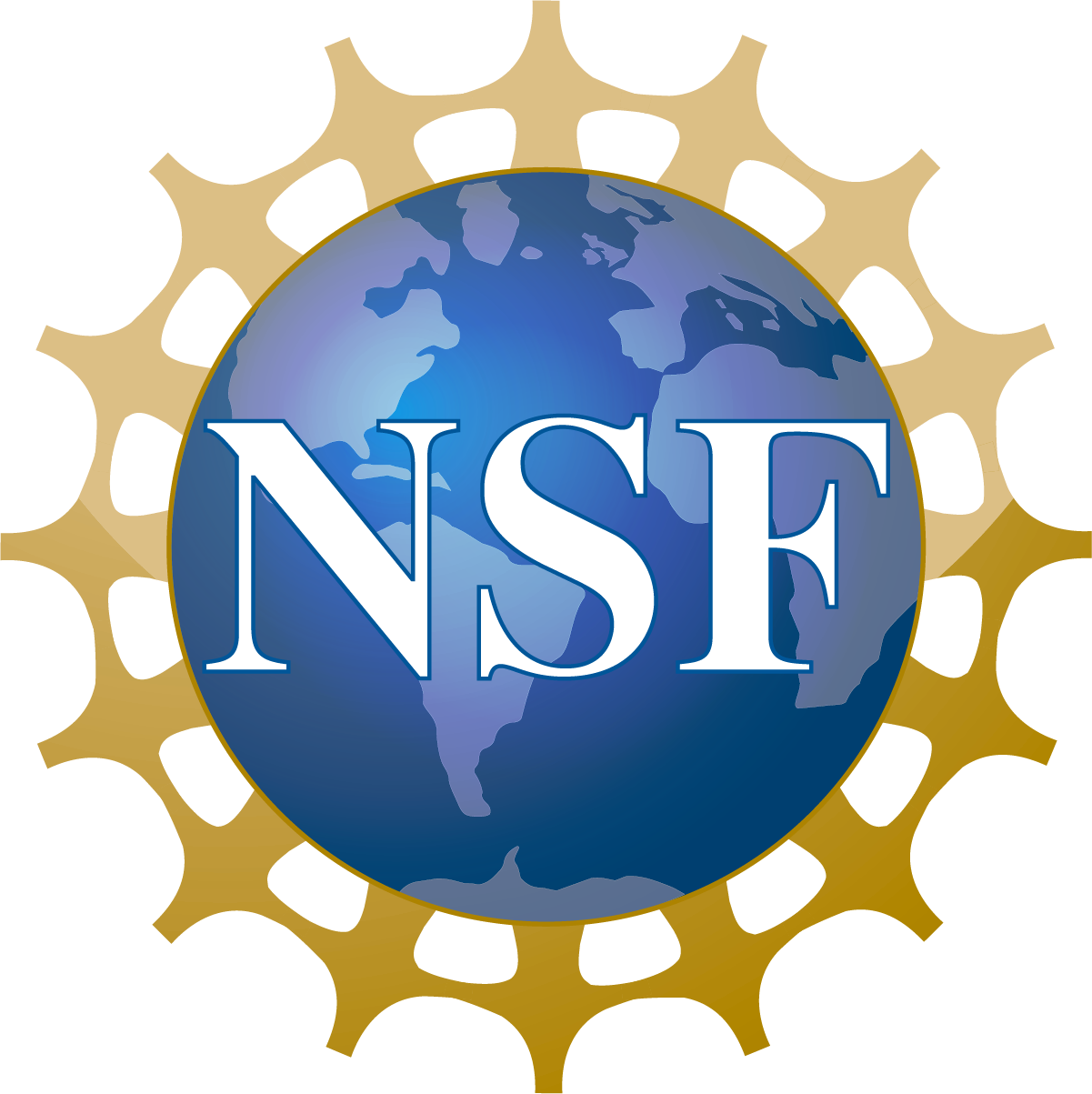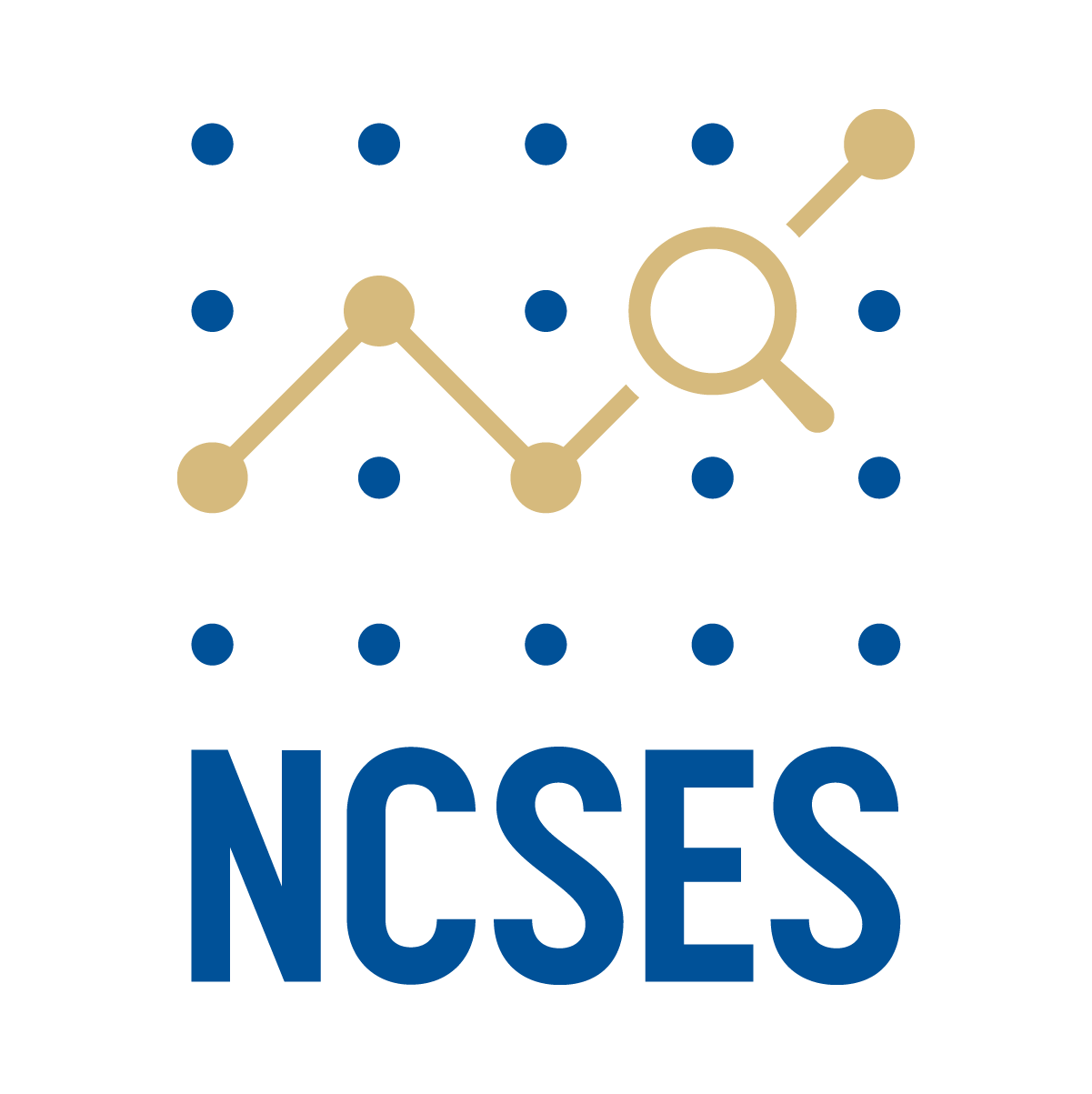Between January 2024 – March 2024, there were many lessons learned that can be grouped into the following categories: Office of Management and Budget (OMB) Paperwork Reduction Act (PRA) package timeline; workshop and outreach planning; and project approach.
OMB PRA PACKAGE TIMELINE:
Preparing an OMB PRA package takes time (e.g., performing a literature scan, having preliminary federal stakeholder discussions). A key lesson learned is to allot for sufficient project time to plan, develop, and submit an OMB PRA package,
WORKSHOP AND OUTREACH PLANNING:
When planning for workshops it is a good idea to account for non-response and no-shows to allow for maximum participation as requested in the OMB PRA package.
Lastly, for outreach and engagement strategy, individualized personal emails seem to have a greater response than emails sent in bulk format (e.g., sending generic invitation emails to multiple invited participants using the BCC line).
PROJECT APPROACH:
Although not the strategy implemented by the team, the lesson learned was that it may have been better to complete the Federal stakeholder interviews and the landscape analysis prior to the planning, development, and submission of the PRA package. In the case of this project, the information gleaned from the Federal stakeholder interviews and landscape analysis will serve as background and supporting information in the Final Report and would have informed the development of the OMB PRA package (e.g., the discussion topics/questions within the discussion guide).




